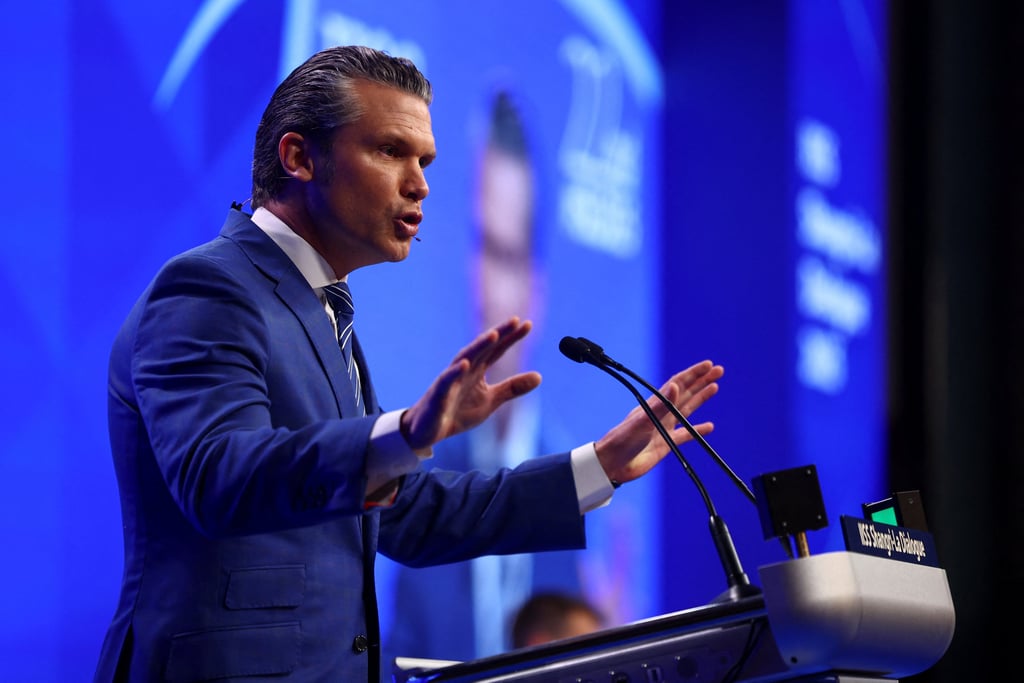Five months into Donald Trump’s presidency, Southeast Asia finds itself adrift. The foundations of its relationship with the US have been shaken by punitive tariffs and a sudden withdrawal of aid that hurt some of the region’s most vulnerable – even as Washington maintains its military presence with an eye fixed squarely on China.
Advertisement
This volatility has deepened a sense of American “unreliability” across Southeast Asia, according to experts who spoke to This Week in Asia.
Yet a complete rupture between the Association of Southeast Asian Nations and the United States remains unlikely. With China looming large across the horizon, Washington’s security commitments are expected to endure and continue shaping the region’s diplomatic calculus.
At the recent Shangri-La Dialogue in Singapore, US Defence Secretary Pete Hegseth laid out Washington’s Indo-Pacific strategic vision, citing Beijing’s relentless military drills around Taiwan and escalating naval confrontations in the South China Sea.
“There’s no reason to sugar-coat it,” Hegseth said. “The threat China poses is real, and it could be imminent.”

Hegseth called on US allies and partners to share more of the defence burden, stressing that such cooperation would enable Washington to allocate more resources to the Indo-Pacific, describing it as “our priority theatre”.
Advertisement

